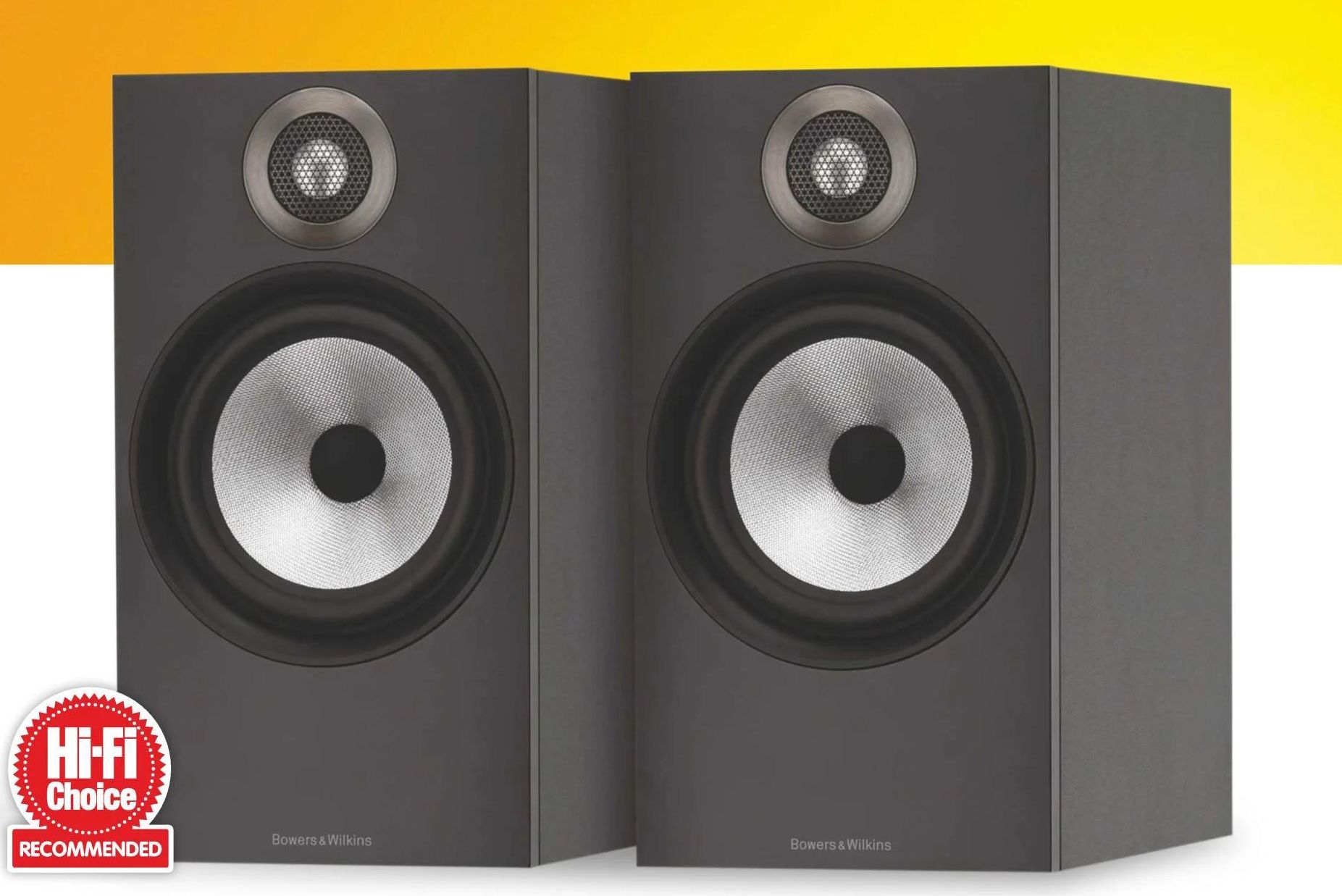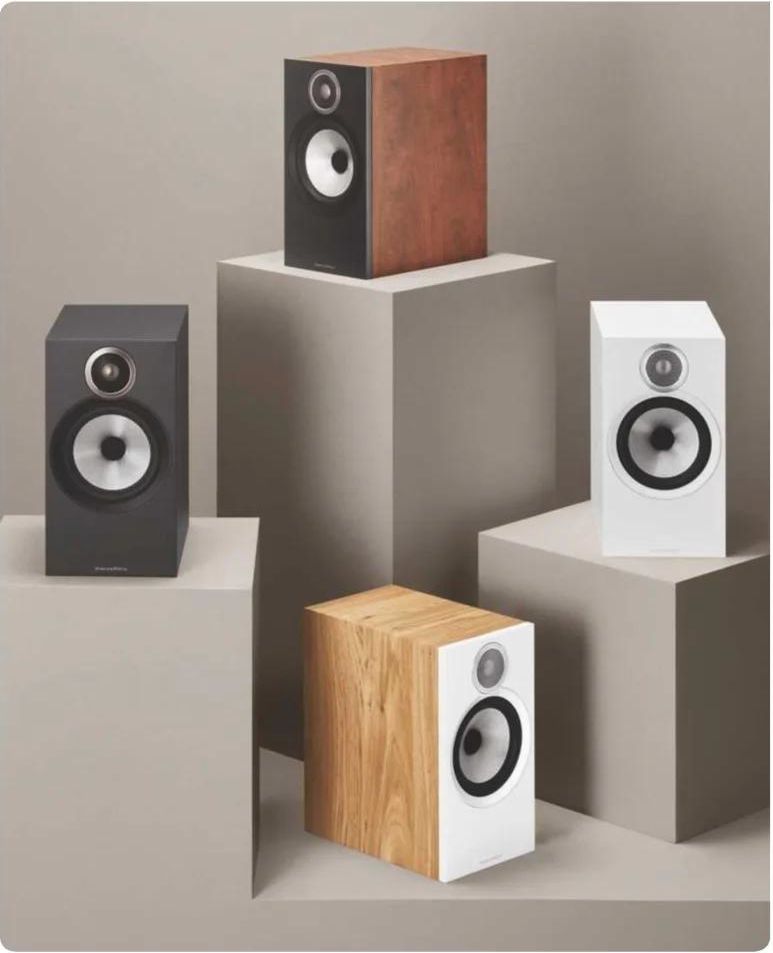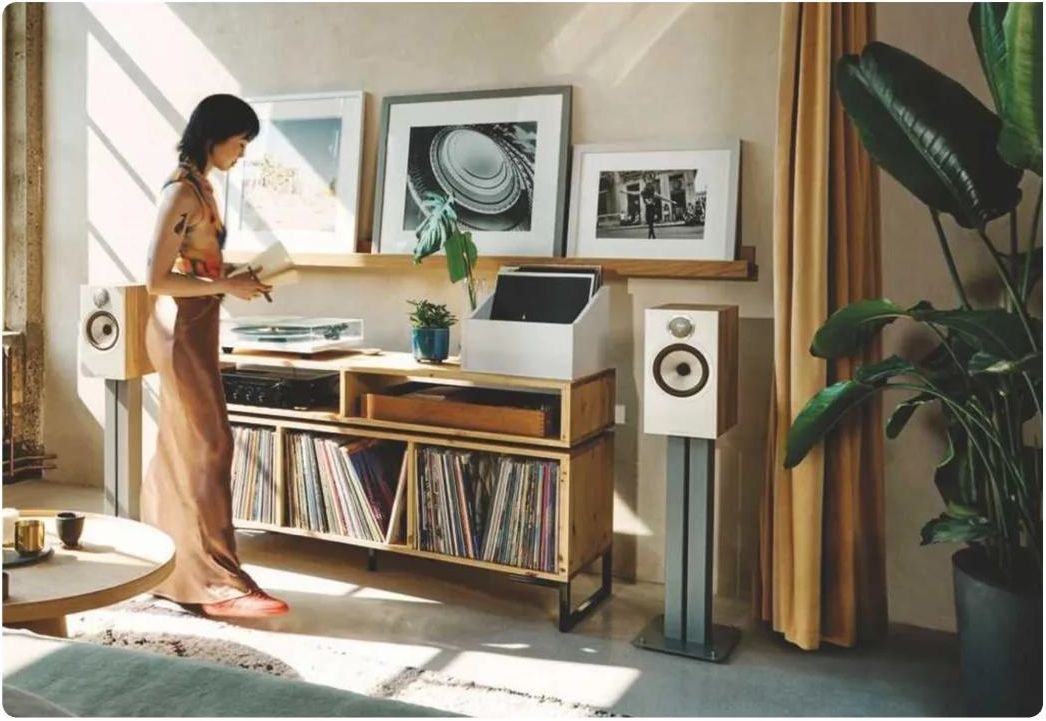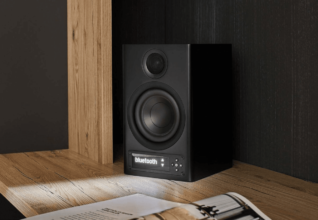Bowers and Wilkins 606 S3 Review: Gradual evolution
The newest iteration of the 600 Series looks much the same as before, but Ed Selley finds small changes make a big difference. Read our Bowers and Wilkins 606 S3 Review.
As a key player in Bowers & Wilkins’ range for the best part of 30 years, the brief for the 600 Series has been admirably simple. The speakers need to be able to take on the best that the competition has to offer at the price while also imparting a taste of what B&W ownership will provide if you stick with the brand and make your way towards the snowy peaks of the range where diamond tweeters and birch ply cabinets abound.

This means that 600 Series speakers have to use design and engineering approaches that signpost this route without costing anything like as much. Indeed, the company has made a point with the new S3 models of trying to keep any price rise to a minimum. As such, the 606 S3 looks pretty similar to the outgoing Anniversary model but it manifests a selection of detail changes and one pretty significant one.
DETAILS
| Product | Bowers & Wilkins 606 S3 |
| Origin | UK/China |
| Type | 2-way standmount loudspeaker |
| Weight | 7.05 kg |
| Dimensions (WxHxD) | 189 x 344 x 300 mm |
| Features | – 25mm Titanium Dome tweeter |
| – 165mm Continuum mid/bass driver | |
| Sensitivity | 88dB/1W/1M (8 ohm) |
| Distributor | B&W Group Ltd. |
| Website | Bowers & Wilkins |
This is, of course, the tweeter material – moving from aluminium to titanium. During development of speakers for Philips OLED TVs, B&W found that titanium yielded extremely positive results so all S3 models use a 25mm dome made of an extremely thin section of titanium. This is combined with a selection of parts borrowed from the 700 Series; the company using the increased production volumes and reduced bill of materials for this to make financial sense. As a result, it now sits in a 700 Series S3-sized diaphragm mounting plate for better, more open dispersion and has the more open tweeter grille design that’s been taken directly from the recently introduced 800 Series Signature.
The mid/bass driver is still made of the ‘Continuum’ weave that is one of the few direct links between the 600 models and the 800 flagships. The mid/bass gains a 700 Series motor assembly for the Continuum cone and a bass port that is largely identical to the more expensive speaker too. The crossover also gains the bypass capacitors from the higher specification models.
The 606 S3 nails the ‘compete with key rivals’ brief with easy assurance
The physical relationship of the two drivers has changed too. The tweeter has been moved closer to the midrange, so it cuts into the trim ring aperture. This is intended to help with the time alignment of the two drivers while also allowing the overall cabinet stiffness to be improved as a simple result of reducing the number of holes in it (as the two now sit inside a single incision in the baffle). The cabinet is made from the same MDF as the previous generation, but the wood used for the internal bracing has been improved. Around the back there’s the same horizontal arrangement for the loudspeaker terminals that mimics the arrangement on 700 and 800 Series models and looks a great deal smarter as a result. Another detail tweak is that the stand built for the range now has the option to be screwed to the speaker itself.
Aside from the driver position and terminal panel, the new 600 speaker looks very similar to the outgoing one, but that is partly the point. The 600 models have evolved gently over time to reflect changes in general tastes and trends, but the overall effect is consistently one that presents an ‘essence of Bowers & Wilkins’ aesthetic to the wider world. I don’t consider the 606 S3 to be an especially beautiful speaker, but it is clean and modern, and the wood finish is sufficiently inoffensive that I imagine it will find favour. I’m less sold on the white finish, though, as it feels less well implemented than some key rivals. The speaker itself is extremely well made, though, and is finished to a high overall standard.
Sound quality
Given how similar the 606 S3 looks to the previous iteration, I expect the sonic improvements to be merely incrementally better. I quickly realise that, however straightforward the changes might seem on paper, the result is a considerable step forward. This is the most naturally engaging 600 Series speaker I can recall testing.

The 606 S3 design is clean and modern
‘Engagement’ is a not a directly measurable phenomenon and it’s the result of a few different attributes coming together to good effect. The relationship between the two drivers is utterly seamless. It was always very respectable tonally, but the change to the relative position has improved the perception of there only being a single, full-range driver at work. Combine this with the materials from the 700 Series and the recent change in B&W’s crossovers across the board, and you have a speaker that simply hangs together better.
What this means in practise is that the 606 S3 is able to take the live Brand New Heavies performance, Shibuya 357, and make it a genuinely invigorating experience. This is not an album that moves at breakneck speed, but it has a grooviness that requires a loudspeaker to be fleet of foot. The 606 S3 can drill down to the core of People Get Ready and generate a spot of involuntary movement on your part. It is ‘together’ in a way that its predecessor couldn’t always achieve.
This has been reached without undermining the things that the original did so well. The tonality is consistently convincing without any unwanted hardness in dealing with less-than-stellar material. Bowers & Wilkins has also ensured that it can be driven on less overtly ‘hi-fi’ electronics and some tests on the end of a Bluesound Powemode Edge (HFC 507) are entirely pleasurable listening experiences. Compared with some rivals that sandwich the 606 S3 in pricing terms, it cannot match the sheer ability to vanish into the soundstage, but it’s still admirably transparent.

It also has a low end that most similarly priced standmounts will struggle to match (and when they do, they can’t replicate the speed the 606 S3 possesses). It also integrates beautifully with the upper registers, further helping that feeling of coherence. The quoted low-frequency roll-off of 52Hz isn’t radically different to key rivals, but there is an effortlessness to how the 606 S3 delivers it that makes it sound bigger, more confident and – bluntly – more expensive than some rivals.
HOW IT COMPARES
The 606 S3 costs £ less than Focal’s Vestia N°1 (HFC 504) and offers a similar proposition, although the two speakers are rather different. The Focal is noticeably more sensitive and, so long as some care is put into placement, it vanishes into the soundstage better. lt also has a nicer white finish. From here, though, the 606 S3 hits back with a vengeance. It has better bass, is more forgiving and is more enjoyable. Both speakers do a fine job of bringing their brand values down to a fairly affordable price, but the B&W 606 S3 is the more compelling speaker.
Conclusion
This means that the 606 S3 nails the ‘compete with key rivals’ brief with an assurance that is extremely impressive. I do not recall listening to a generation of 600 models that was so effortlessly competitive across the many different aspects that we use to judge speakers. No less importantly, though, the requirement for the 606 S3 to signpost what awaits you further up the Bowers & Wilkins range is also delivered in fine style. The qualities that have been shining through the more expensive models are now available at a more terrestrial price point, all of which makes this an incredibly strong proposition.
VERDICT
When you purchase through links on our site, I may earn an affiliate commission. Here’s how it works.








